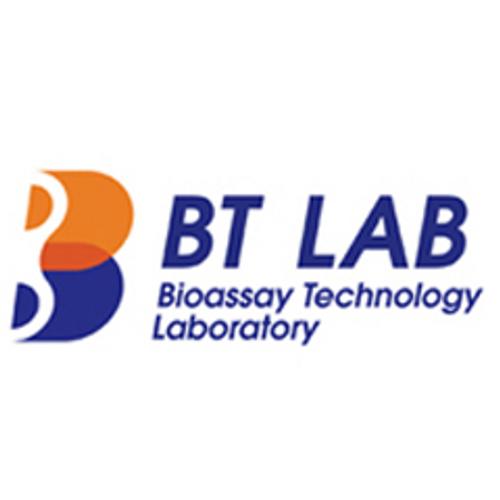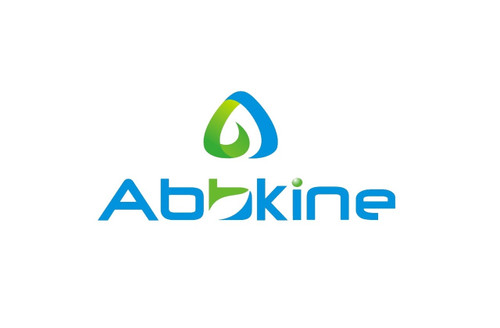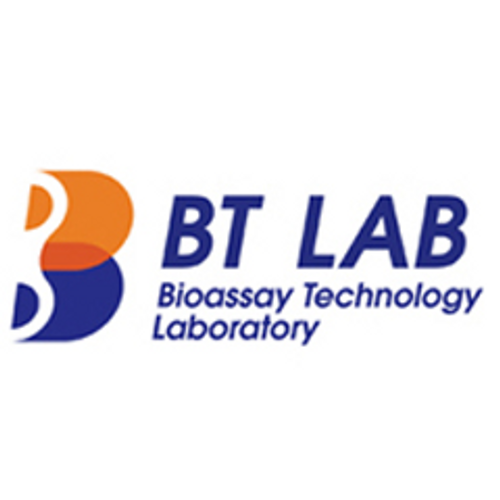Product Description
Rat Reactive oxygen species modulator 1 (ROMO1) ELISA Kit | AE62820RA | Abebio
Species Reactivity: Rat (Rattus norvegicus)
Abbreviation: ROMO1
Alternative Name: RP11-353C18.54; C20orf52; MGC111180; MTGMP; bA353C18.2; OTTHUMP00000062052|OTTHUMP00000196684|mitochondrial targeting GXXXG protein
Application: ELISA
Range: Request Information
Sensitivity: Request Information
Intra-Assay: ≤6.5%
Inter-Assay: ≤8.3%
Recovery: 1, 06
Sample Type: Serum, Plasma, Other biological fluids
Detection Method: Sandwich
Analysis Method : Quantitive
Test Principale: This assay employs a two-site sandwich ELISA to quantitate ROMO1 in samples. An antibody specific for ROMO1 has been pre-coated onto a microplate. Standards and samples are pipetted into the wells and anyROMO1 present is bound by the immobilized antibody. After removing any unbound substances, a biotin-conjugated antibody specific for ROMO1 is added to the wells. After washing, Streptavidin conjugated Horseradish Peroxidase (HRP) is added to the wells. Following a wash to remove any unbound avidin-enzyme reagent, a substrate solution is added to the wells and color develops in proportion to the amount of ROMO1 bound in the initial step. The color development is stopped and the intensity of the color is measured.
Product Overview: The main source of ROS is known to be the mitochondria, and increased levels of ROS from the mitochondria have been observed in many cancer cells. Thus far, the mechanism of ROS production in cancer cell proliferation in the mitochondria is not well-understood. Romo1 increased expression of Romo1-triggered ROS production in the mitochondria. The experiments conducted in the present study showed that Romo1-derived ROS were indispensable for the proliferation of both normal and cancer cells. Furthermore, whilst cell growth was inhibited by blocking the ERK pathway in cells transfected with siRNA directed against Romo1, the cell growth was recovered by addition of exogenous hydrogen peroxide. The results of this study suggest that Romo1-induced ROS may play an important role in redox signaling in cancer cells.
Stability: The stability of ELISA kit is determined by the loss rate of activity. The loss rate of this kit is less than 5% within the expiration date under appropriate storage condition. The loss rate was determined by accelerated thermal degradation test. Keep the kit at 37°C for 4 and 7 days, and compare O.D.values of the kit kept at 37°C with that of at recommended temperature. (referring from China Biological Products Standard, which was calculated by the Arrhenius equation. For ELISA kit, 4 days storage at 37°C can be considered as 6 months at 2 - 8°C, which means 7 days at 37°C equaling 12 months at 2 - 8°C) .
 Euro
Euro
 USD
USD
 British Pound
British Pound
 NULL
NULL








